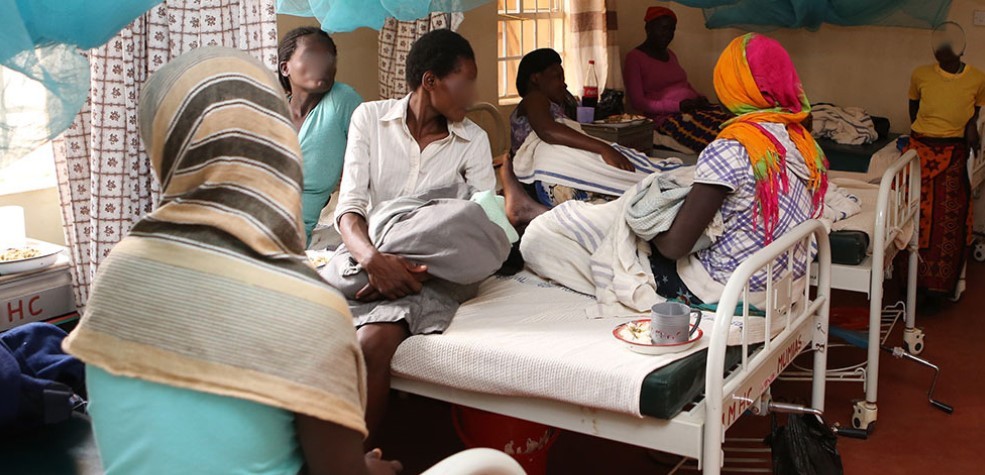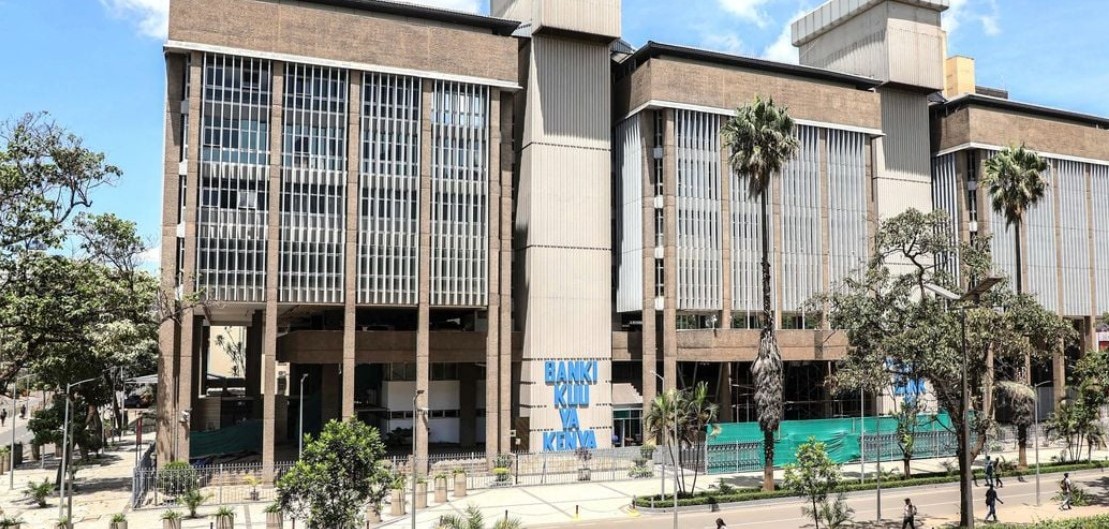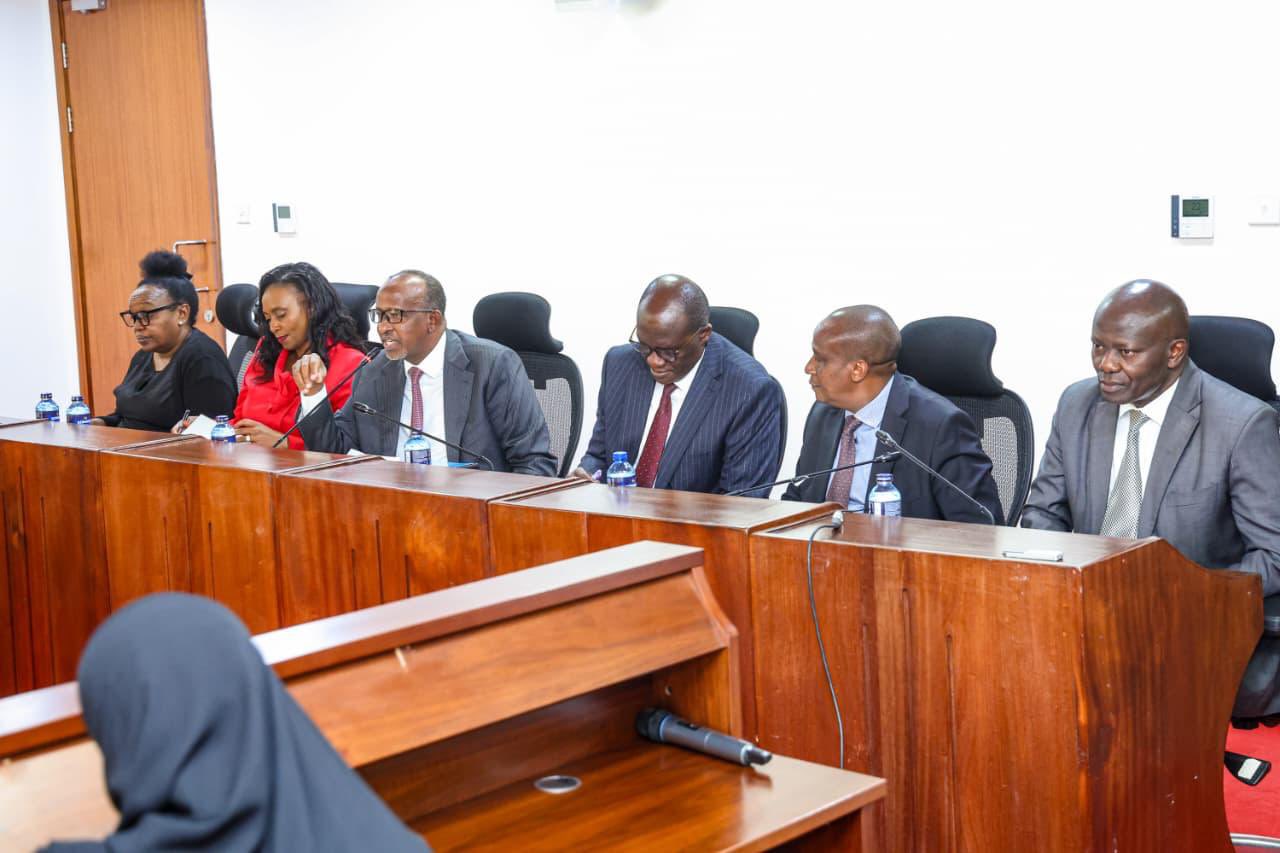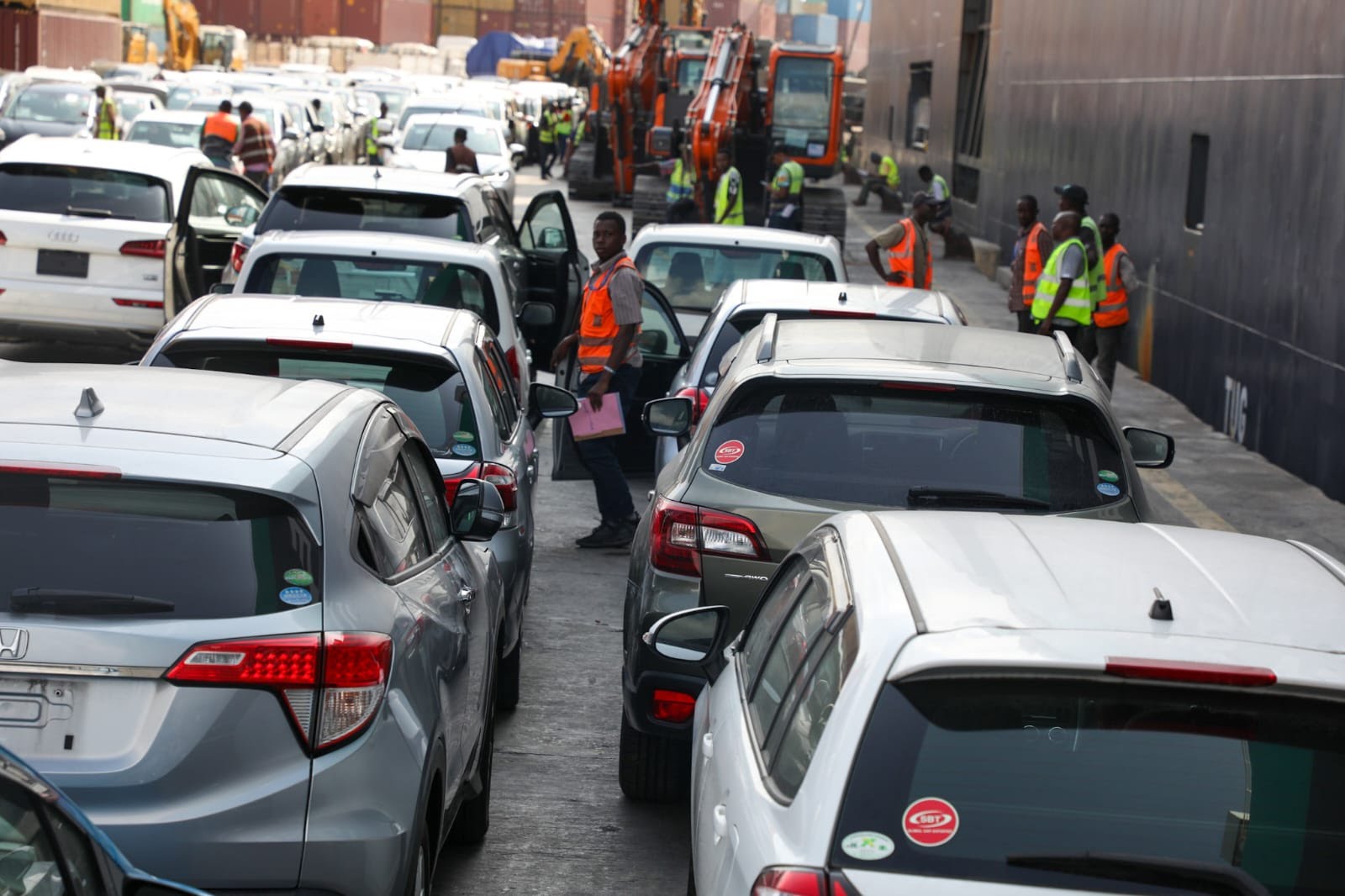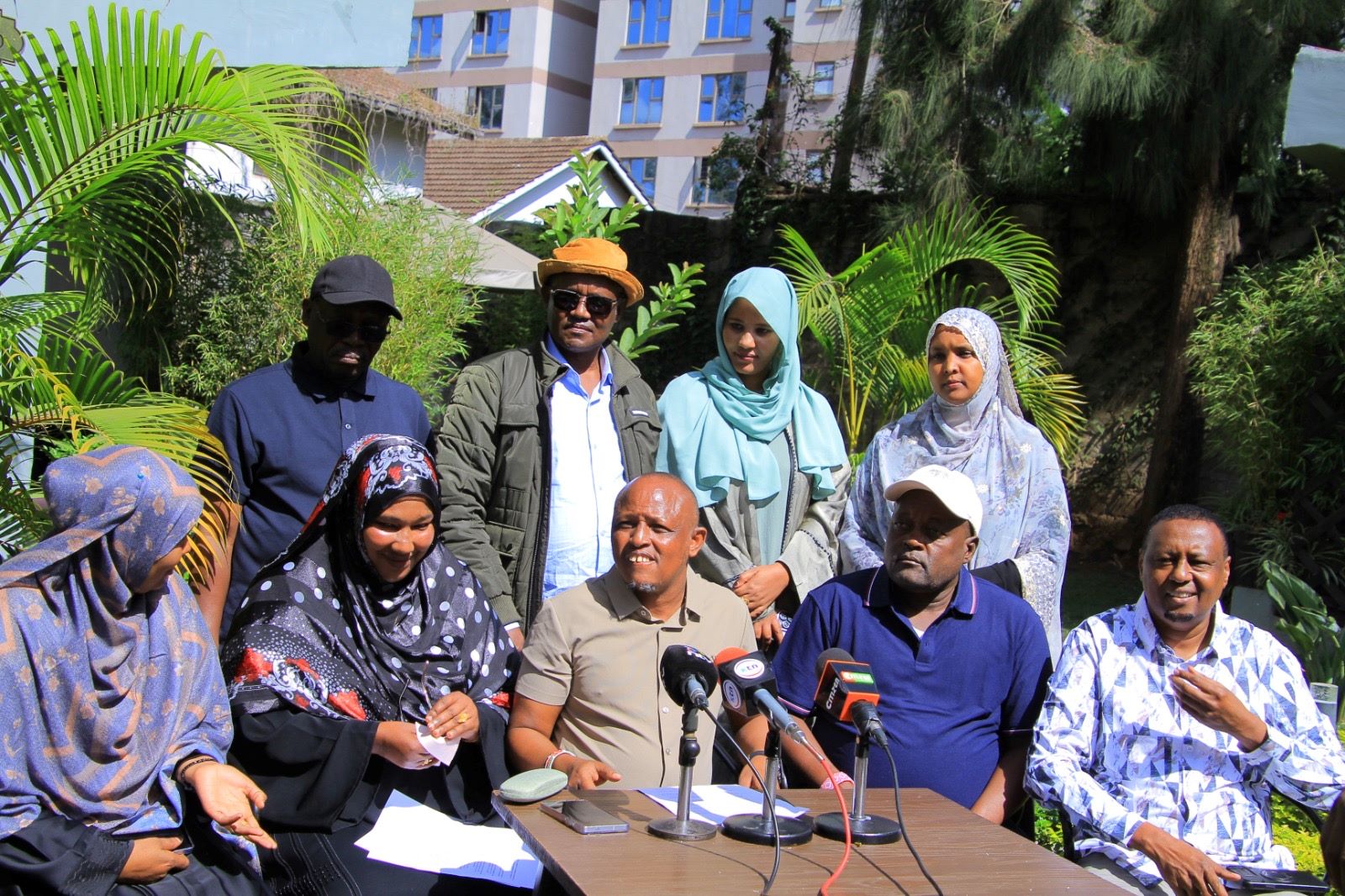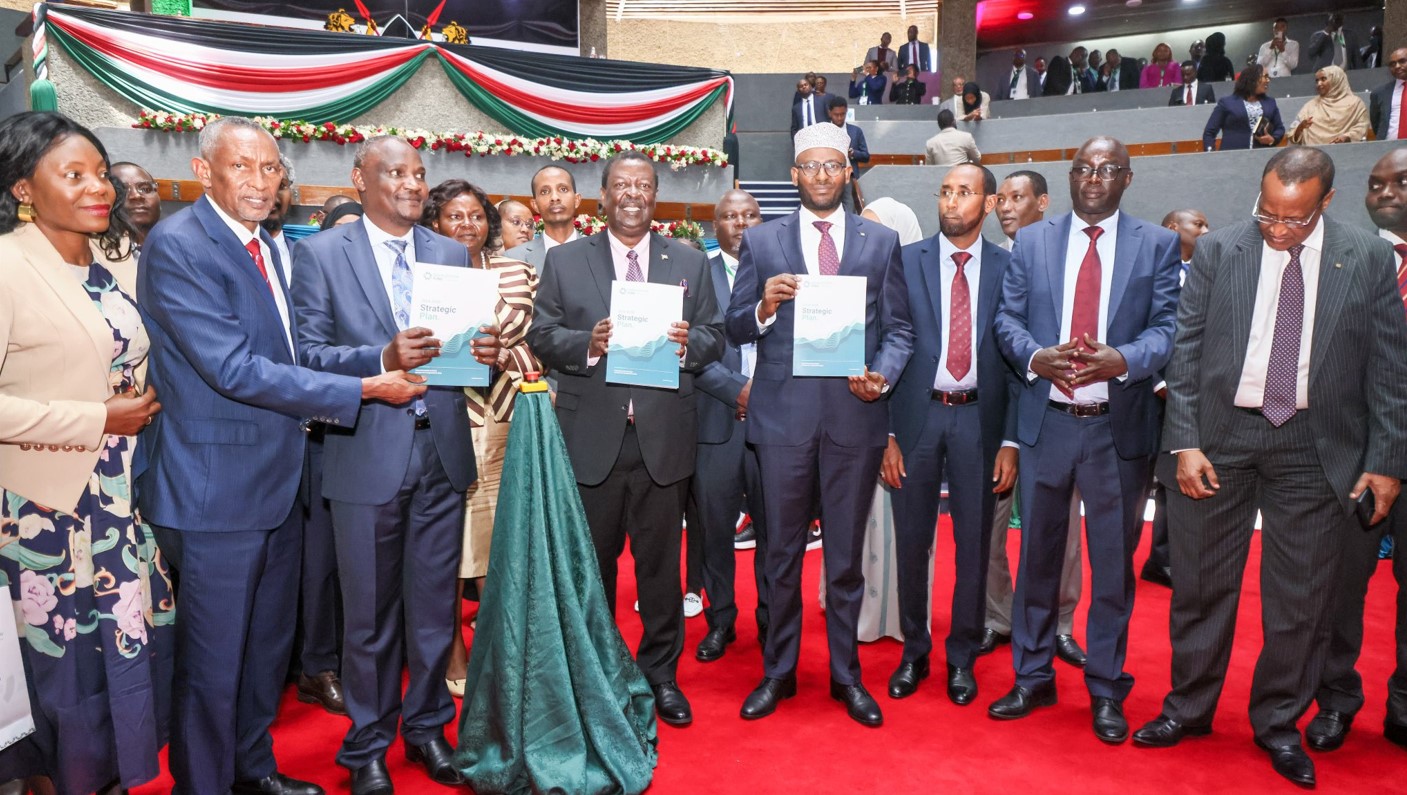One year after deadly floods in Kitui village, survivors still await government resettlement

Titus Wesonga, a survivor of the 2024 floods, continues to live in his home on riparian land. His house, like many others in the area, was severely damaged by the floods. Despite the devastation, Wesonga’s living conditions have not improved, and his main concern remains the unfulfilled promises of relief and resettlement made to flood victims.
As heavy rains pound Nairobi, the city finds itself submerged in floodwaters, paralysing movement and daily life. For families living along riparian lands, the rains rekindles painful memories of past floods.
The fear of homes being flooded, leaking roofs, and the ever-looming threat of displacement—both physical and emotional—once again grips these communities.
More To Read
- Deadly floods show need for faster, wider warnings, UN agency says
- Africans survived 10,000 years of climate changes by adapting food systems – study offers lessons for modern times
- MSF calls for urgent scale-up in water, sanitation programmes amid rising cholera cases in Abyei, South Sudan
- Kenya unveils 2024–2030 disaster risk strategy to protect lives and boost resilience
- Nigeria Floods: 200 confirmed dead, 500 others missing and presumed dead
- IGAD Climate centre predicts heavy rains for Horn of Africa, urges flood preparedness
In Kitui village, Kamukunji constituency, women, children, and young people who reside along the riverbanks have turned their precarious surroundings into a source of livelihood, selling vegetables next to the river’s edge. However, relentless downpour serves as a stark reminder of how close they are to losing everything. The very land they rely on for survival is now a constant threat.
Last year, the government promised affordable housing to resettle flood victims, but for many, that promise remains unfulfilled. Instead, local authorities have begun issuing ultimatums: relocate or face forced eviction.
Titus Wesonga, a survivor of the 2024 floods, continues to live in his home on riparian land. His house, like many others in the area, was severely damaged by the floods. Despite the devastation, Wesonga’s living conditions have not improved, and his main concern remains the unfulfilled promises of relief and resettlement made to flood victims.
“I’m still living where I was yesterday. The whole area was flooded again. I was watching the water rise from my rooftop, helpless, knowing I couldn’t even leave my house.”
Wesonga recalls how quickly the water level usually rises, sweeping across the community. For Wesonga and many others, the trauma of witnessing the water rise so rapidly is a stark reminder of the constant danger they live in.
“There is always this fear. Every time it rains, we brace ourselves for what could happen. We’ve become used to the anxiety of living on the edge. But no matter how many times we experience this, the helplessness never goes away,” says Wesonga.
Despite the risks, many residents in Wesonga’s community have little choice but to stay.
“We know the risks. But where do we go? There’s no alternative. We can’t afford to leave, and even if we could, there’s nowhere safe to go. The government promised to help, but where is that help? Nothing has changed.”
Wesonga, like many other survivors, has tried to rebuild his life in the face of overwhelming adversity. He started a carpentry business, hoping to earn a stable income and regain a sense of hope. Unfortunately, the business has not taken off as he had hoped.
“I started a carpentry business, but it hasn’t picked up. I’ve done my best, but the situation is difficult. We’re living in limbo—trying to survive and rebuild, but every time the rains come, it feels like we’re starting over again.”
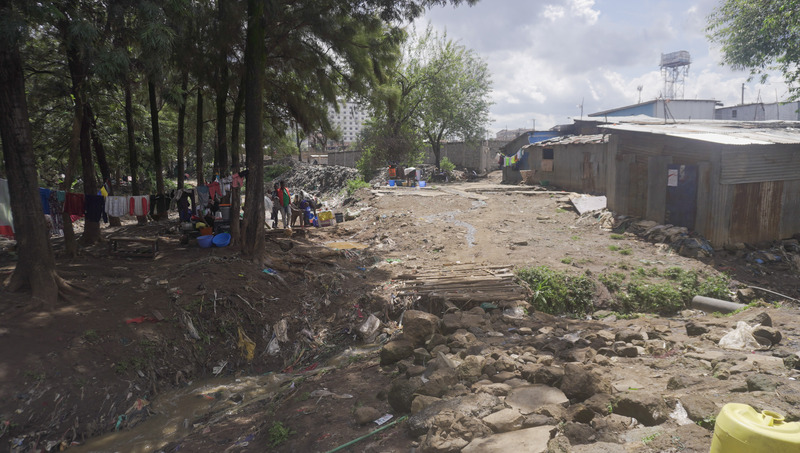 Kitui Village in Kamukunji Constituency. (Photo: Justine Ondieki)
Kitui Village in Kamukunji Constituency. (Photo: Justine Ondieki)
Mercy Njoki, a resident who was forced to relocate to higher ground after the devastating floods of March and May last year, now stands at the river’s edge—a place that once threatened her safety, but now provides her with a modest income. The mixed emotions are undeniable. On one hand, the riverbank is a marketplace; on the other, it’s a painful reminder of what she lost.
“Last year, I lost everything—my home, my belongings, and the little hope I had,” Njoki recalls. “After the floods, we were told help would come, that we’d be resettled and provided with better housing. But that promise never came through.”
Despite moving to slightly higher ground for safety, the situation remains far from ideal. Mercy explains that many others in her community are still stuck in limbo, unable to move forward.
The new housing projects announced to resettle flood victims were meant to support people like Mercy. However, she points out that the reality of these projects is far removed from the promises made.
“The houses being built were meant to help the poor,” Njoki explains. “But the cost of these houses seems to favour the middle class, not the poor. Many of us simply cannot afford to live there, and it’s heartbreaking. We have no place to go, and the solutions provided seem out of reach for people like us.”
While the government continues to promote these housing initiatives as a solution, the practicalities of accessing them are nearly impossible for those who need them most.
“The idea of improving our lives through these houses feels like a distant dream,” she says with a deep sense of frustration.
As she continues to live with the uncertainty, Njoki clings to a hope that the government will eventually fulfil its promises. But the reality she faces every day makes it difficult to remain optimistic. The river remains close by, still a source of income, but also a constant reminder of everything she’s lost and the pledges that remain unmet.
Nairobi’s Chief Officer for Environment, Geoffrey Mosiria, has urged residents living near riverbanks to move at least 30 metres away for their own safety. The county government has warned that those who fail to comply may face forcible relocation.
“I’m appealing to individuals who have blocked drainage systems to clear them, as most of the land is now covered by structures,” said Mosiria. “The county is actively working to address the situation, and we urge all residents, especially those close to rivers, to relocate at least 30 metres away to prevent possible disasters.”
Ruto promise
Despite President Ruto’s assurances, individuals displaced from riparian lands due to recent floods continue to await resettlement, even as the government pledges to prioritise them under the Social Housing Programme.
Speaking in Njiru on March 15, 2025, President Ruto pledged that those affected would be the first to benefit from the new housing units once the Nairobi Rivers Regeneration Project is complete.
“All persons who were displaced from riparian land will be the first to be given the Social Housing homes that we are now constructing,” Ruto said. “We have the names of every individual who was displaced and details of where they were affected.”
He added that the government plans to construct at least 50,000 housing units on reclaimed land after cleaning the river and installing a 60-kilometre sewer line.
“Through the Nairobi River regeneration, we are removing solid waste, deepening the river, laying the new sewer line, and creating space for these housing projects,” he said.
The President made these remarks during his five-day development tour of Nairobi City County.
Top Stories Today
